I can’t believe that a whole year went by. On September 27, 2018, I started this travel blog, and today, I’m already celebrating one year of travel blogging.
It has been an insanely rewarding year. Apart from traveling a lot, I have also learned a ton of new things. From understanding the Google algorithm to SEO, from how to build a mailing list properly to optimizing content for mobile devices. It was a slow process, yes, but it revealed to me the way that the Internet works.
But it was not only the technical stuff. I’ve been continuously writing for a full year, and this is something that never happened to me before. I didn’t write every day when I was struggling with my novels: there were actually days or even weeks that I wouldn’t write at all. Travel blogging motivated me and inspired me. Going places, talking with the locals, having continuously new impressions, all these were things that kept me going.
So, what exactly I learned after one year of travel blogging? Well, you will read everything here. But before going through the things I learned, I want to thank each one of you for reading my travel blog. Your comments, your page views, your subscriptions, your e-mails, all these gave me the best reward ever. It’s a joy to see something growing when you put hard work on it. And it’s an even bigger joy to hear positive comments.
As a small “thank you,” at the bottom of this post, you will find a giveaway. I’m offering for free a couple of things, so make sure to check them out and get a chance to win them. You can participate until September 27, 2019, just by following the simple guidelines. This is the first giveaway, but there will be more to follow. So, make sure to follow me on social media or subscribe to my mailing list to get the news for the upcoming giveaways. Good luck!
But now, let’s return to the topic of this post.
*The text contains affiliate links. It means that if you buy something through those links I might earn a small commission at no additional cost to you.
One year of travel blogging: what I learned
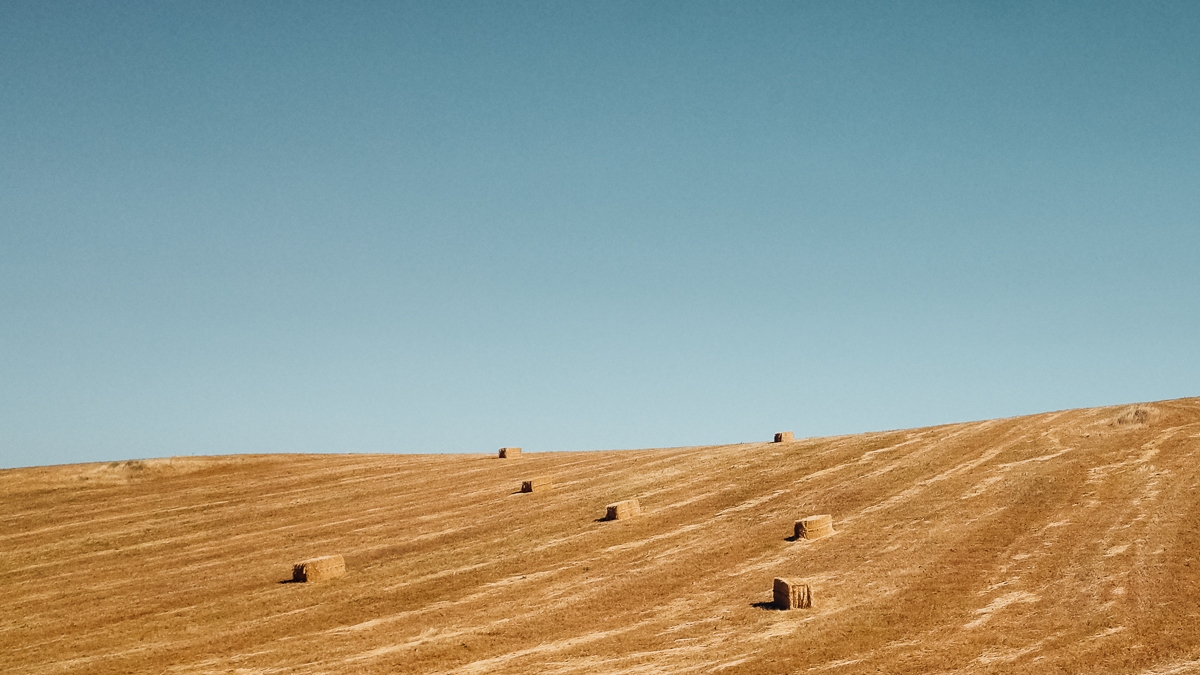
1) Creating your own products is the way to go
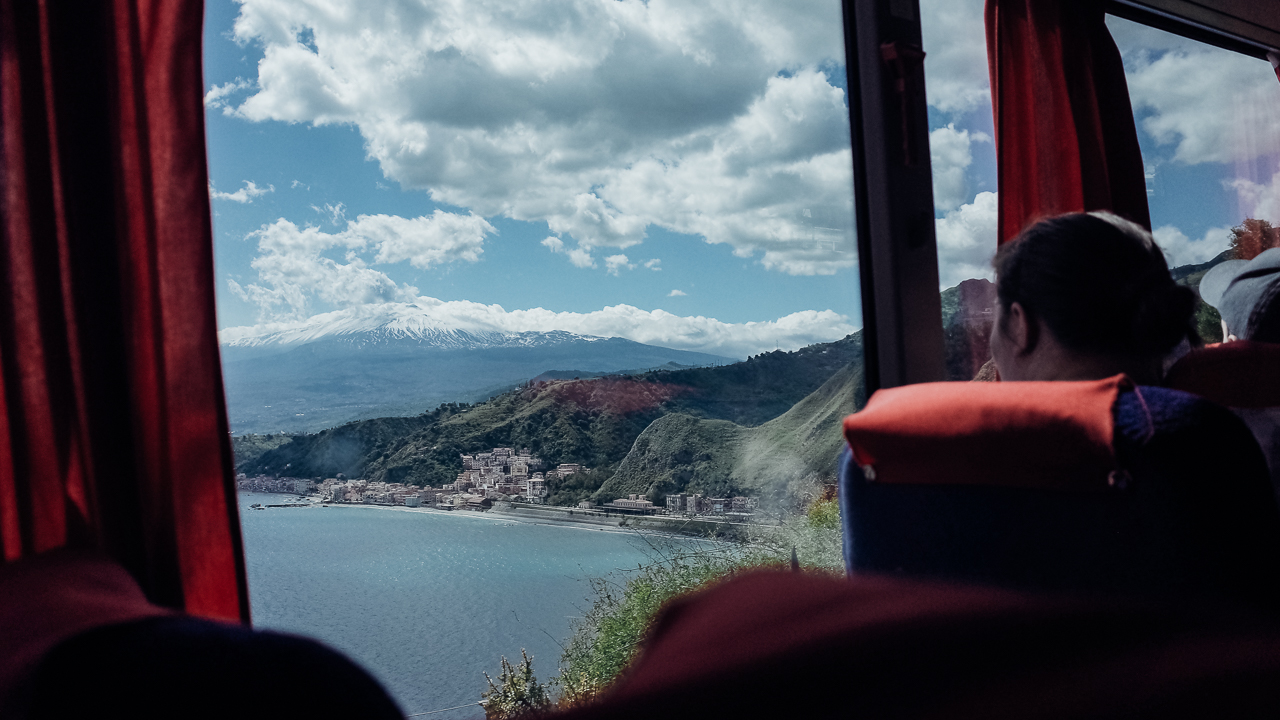
If you are willing to monetize your travel blog (or any kind of blog), then creating your own products is the way to go. Setting up an online shop within your travel blog is not a hard task. I preferred to use WooCommerce instead of Shopify. The main reason is that I didn’t want to pay a set amount of money per month (the case of Shopify); it sounded much better to pay only if I needed extra plugins (the case of WooCommerce). The downside of WooCommerce is that you have to set up everything on your own, while with Shopify you can have a store up and running in less than half an hour. It took me about ten days to set my online store in motion, and I’m very happy with it. You can check my online store here.
Why creating your own products is the way to go? Well, if you have faithful readers it means that a) you can give something extra to them and b) since you are providing your articles for free, selling your products is a way for your readers to support you. Of course, your reach might be limited, but you have the option to sell on other online stores (Amazon, etc.). However, your revenue will be significantly smaller.
What sort of products can you create as a travel blogger? Well, ebooks, printed photos, printed books, Lightroom Presets, the list is really long. Understand your strong points, see which pages attract mostly your readers, and start creating your products. Although I still use affiliate marketing and ads, the truth is that in the beginning, the revenue is marginal.
The products I have created after a year of travel blogging are the following:
- Instagram Explained ebook. A lot of people asked me through time how I managed to grow my account. Since I have a 30K+ account and I’m active for more than 6 years, I decided to write an ebook with tips as well as my Insta-experience.
- Lightroom Presets for the Ricoh GR ii. There were also lots of people asking me about the editing workflow on my blog. The truth is that I don’t have so much time for post-processing the photos; therefore, I needed something quick. I have created my own Lightroom Presets for the camera I use, the Ricoh GR ii. I use these presets for 99% of the photos you see on this website, with small enhancements. The rest 1% I post-process it manually.
- A book about Anafi. The remote Greek island of Anafi in the Aegean Sea was love at first sight for me. I have written extensively about the island, and I thought of creating a book with photos and my texts. There are two versions, a limited one and a regular.
- 12 Travel Writing Tips ebook. As the name betrays, this is an ebook with tips about travel writing. That’s how I write my travelogues, and that’s exactly how I structure both my mind and my texts before (or while) writing.
- Life through the lens. My ebook about photography, where I explain all the things I learned after shooting photos for more than ten years.
2) I disabled Akismet
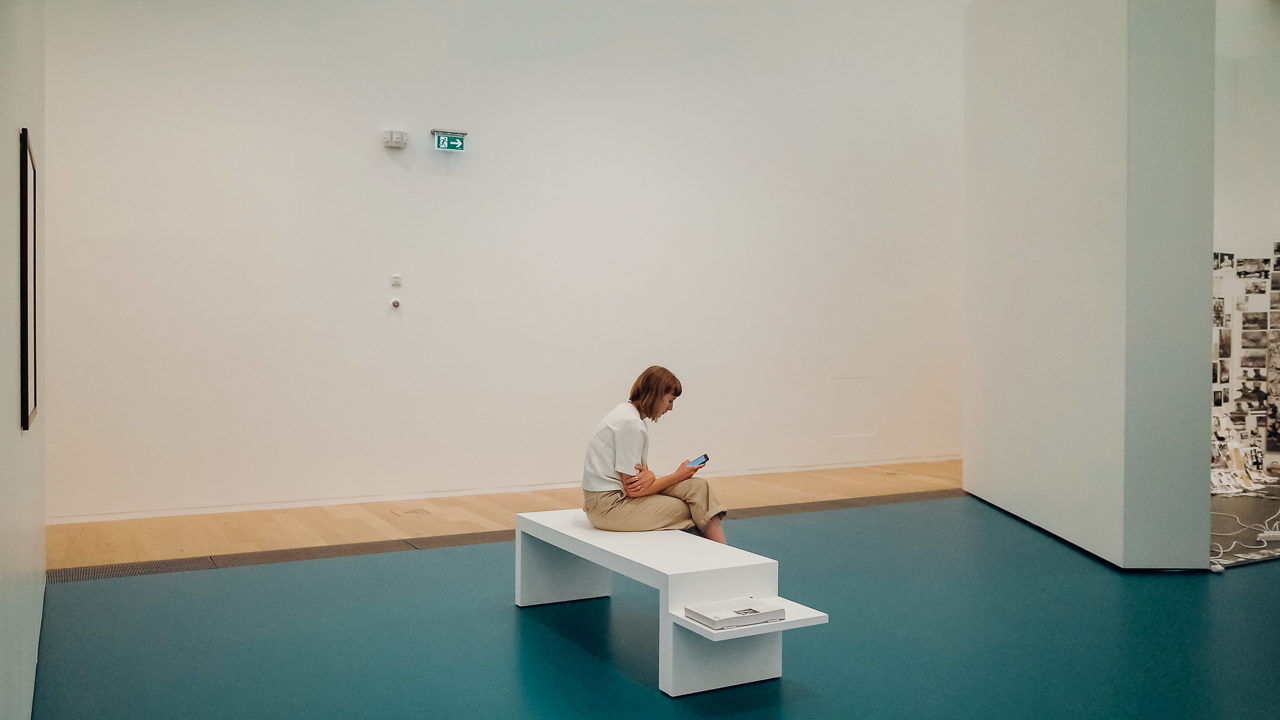
If you are about to start a blog (by the way I have written a very comprehensive guide, check it out), then you have probably come across Akismet. Soon after starting your blog, spammers will appear, and they will attempt all the time to comment on your posts. Akismet is probably the holy grail of anti-spamming: it’s indeed an amazing plugin that will keep your website free of spam. It means that you won’t have to moderate manually your comments and Akismet promises that you will only see genuine comments.
Then why did I disable it? Well, first of all, Akismet is not a very lightweight plugin. That said it could slow down your website. Slowing a bit down my travel blog was acceptable for me as long as I could receive genuine comments. Now and then though, I started receiving DMs on Twitter and Instagram that people were trying to comment on my blog, but they wouldn’t go through the anti-spam filter. Akismet saw them as spammers, and their comments never appeared. During the last three months, which was the period that Letters to Barbara multiplied its traffic, I started receiving e-mails from readers, too: they were not allowed to comment either.
The thing gets more complicated because when Akismet blocks a comment, you can’t see it. You don’t have access to the spam-box, and comments are lost forever. Sometimes, one of them will go through its filter, but it will be still suspected as spam. For this latter case, you have at least the option to moderate it. Part of the fun of blogging is talking with the readers; the last couple of months though, this fun was not there anymore.
After discussing a bit online with one of the guys that I trust, Rob Powell (check Rob’s website here), I decided to follow his advice. Rob insisted that although blogs tend to become honeypots for spammers, there is still a way to moderate the comments without being too much of a hassle. A couple of weeks later, I disabled Akismet, and I’m doing fine with the manual comment moderation. Sure, I receive several spam comments, but I can block them manually. But I also receive genuine comments, and this makes me happy.
Don’t get me wrong: Akismet is not a bad plugin. On the contrary, it is probably the best out there. It just didn’t work for me. If I had the chance to have a look at the blocked comments and moderate them manually, then I would enable it again. But for now, I’m just fine with the manual moderation of comments.
3) Use double opt-in for your mailing list

I wrote earlier how nice it feels to see your website growing when you put hard work on it. The same applies to your mailing list: it’s super nice to see more and more people subscribing for updates. As times goes by, your list will eventually become bigger: the more sign-up forms or landing pages you create, the more people you attract. But once again, spammers are here to ruin the party.
As a rule of thumb, I always suggest using double opt-in. The reason is that the web is full of bots that will subscribe automatically to your mailing list. Sure, it’s nice to have 500 subscribers instead of 100, but what’s really the point of having them if 400 of them will never open an e-mail? The double opt-in requests an extra step, and this is something that bots cannot surpass. After filling your name and e-mail, you will receive an e-mail asking you to confirm your subscription by clicking a link. Bots will never (or at least, not so far…) open the e-mail, they will never click the link and, therefore, they will never interact with your mails. They will be ghost subscribers forever unless you delete them.
On the other hand, sometimes the confirmation e-mail might end up in the spam folder for whatever reason. If the subscriber doesn’t open and click, it means that he or she will never receive your e-mails. It’s better to state that in your form (“Please check your spam folder if you don’t receive an e-mail instantly”). Still, some people might ignore that message, and despite wanting to be part of your list, they will never make it. However, it’s always better to lose 3-4 genuine subscribers instead of having hundreds of bots.
If you are searching for a platform to host your mailing list, I can recommend Mailerlite. I am delighted with Mailerlite, never had problems with it and it’s free up to 1,000 subscribers. Check it out.
*Click here, subscribe and get a free PDF guide with tips for visiting the Greek islands on a budget!*
4) Travel blogging will keep you awake at night
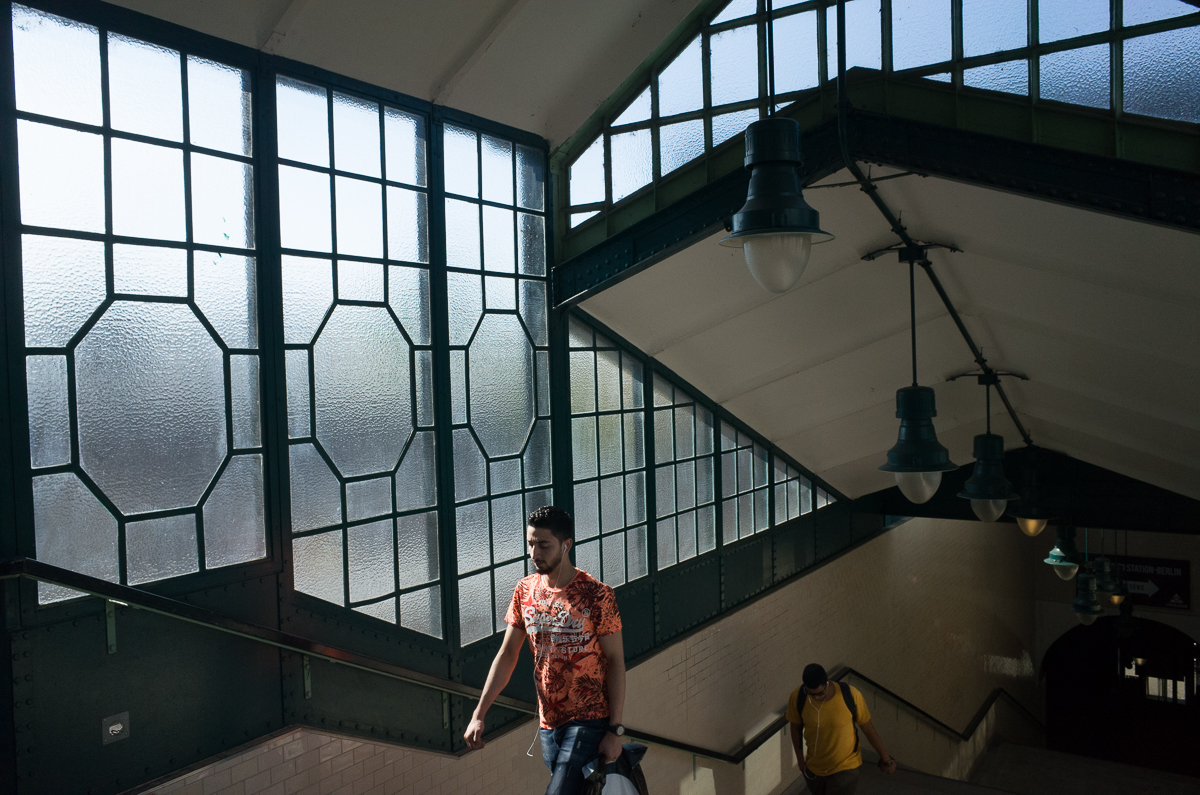
Your next journey, your next article, your next blogging day, all of these things will keep you awake at night. After one year of travel blogging, I can assure you that writing and traveling is a proper full-time job. Actually, sometimes you will work even more than an 8-9 hour job. There are days that I work on the blog for 15 hours or even more. Do I get tired? Yes, a lot. But I’m so satisfied that it doesn’t matter to me at all.
Then, I have normal working days of 8 hours, and sometimes I will take one-two days entirely off -although it didn’t happen since late April. Anyway, writing and traveling seem to be for me the best way to spend my days, so I don’t complain at all. But I’m writing this here to let you know that travel blogging doesn’t translate to relaxing and enjoying. No, not at all. Although it’s probably much better than lots of jobs out there, the truth is that it can be tiring. Plus, it has ups and downs. Remember that you are the boss of yourself, that you are responsible for everything and that you (might) depend on the blog for survival.
After one year of travel blogging, I can tell you that it’s definitely one of the best decisions of my life. But, on the other hand, there are nights that I have to read a lot or to write. If you take it seriously, then travel blogging will keep you awake at night.
5) Not every kind of traffic is good

I know what you’re thinking: “Huh?” Let me explain that, though.
Already from day one, I wanted to deliver excellent content for the visitors of Letters to Barbara. I would never add clickbaity titles, and I’d never fill pages with irrelevant keywords. My goal was to give something to the readers: to enjoy the posts and to find the information they need. That said, I wanted the readers to spend time on the website and not to leave the moment they visit it. To achieve that, I had to search my topics thoroughly, to edit several times each article, to update the posts whenever I had to. On top of it all, I had to dig deep inside me whenever I traveled in order to deliver the best content I could.
Then, one day in early May, one of my Pins went somehow viral on Pinterest. I’ve never actually seen anything like that before. I would receive for days massive traffic in one of my posts. People will repin and visit the website non-stop. These were days that my page views skyrocketed but at the same time, my bounce rate raised, and the average session dropped. It didn’t make me happy at all. Lots of people had a look, and they left straight.
It took a couple of days for the pin to die out, and afterward, my bounce rate got back to normal, and the average session on the website stabilized too. I rarely promote posts on social media (more on that later), and I didn’t, of course, promote that pin. But the thing is that I prefer to live with fewer page views if they are genuine, instead of having massive traffic when it doesn’t mean anything at all.
Meanwhile, my traffic grows every month by 15-20%, and it’s mainly organic. More than 70-75% of my traffic comes from search engines, and people spend time on the website. I’d rather not have again a viral pin or whatever if it means that people visit the website, but they don’t even read a line. But maybe it’s just me.
6) SEO is essential, but…
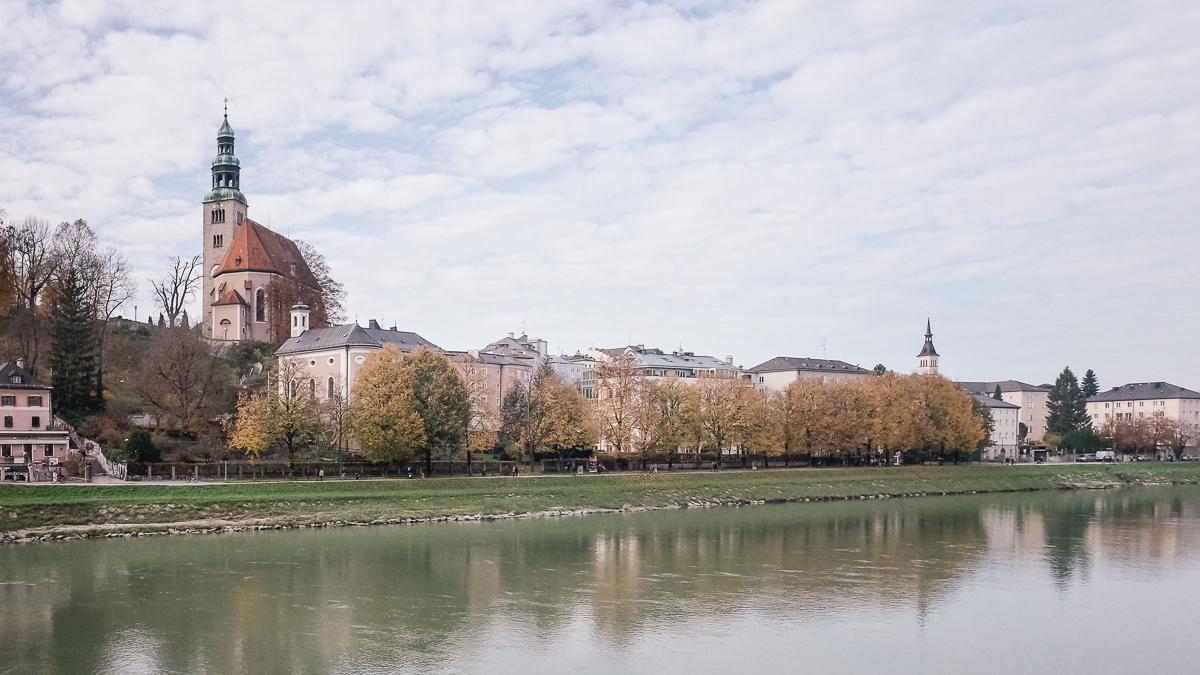
SEO, or Search Engine Optimization, is vital when you are running a website. If you are structuring your website correctly, it means that search engines will find your content relevant and they will present it high on their search results. After one year of travel blogging, I have several posts on page 1 of Google, and 3-4 of them are in the first place. These articles have boosted the traffic of Letters to Barbara, and people spend a lot of time reading them.
Sometimes though, a travel blogger (or any blogger) might not want to optimize a post. He or she might wish just to let it flow. Sure, the post might never appear on the first page of Google; it might actually end up on the 20th page, which means that no one will find it. Is it still okay?
For me, it is. Although I usually optimize my posts, sometimes I just write whatever I want to write. Expressing something more personal or adding irrelevant photos, it’s often liberating. Blogging should be fun, and sometimes, the freedom of artistic expression overrides the need for SEO. Of course, you’ll pay the cost: the article might get buried beneath a pile of well-optimized articles. But still, I believe that sometimes that’s okay. One of the most beloved articles on this website is not SEO-friendly at all. And yet I have received so many e-mails from readers. I find it more rewarding than some faceless traffic, although I care about traffic a lot. But I guess you know what I mean, right?
7) Are Social Media that important?
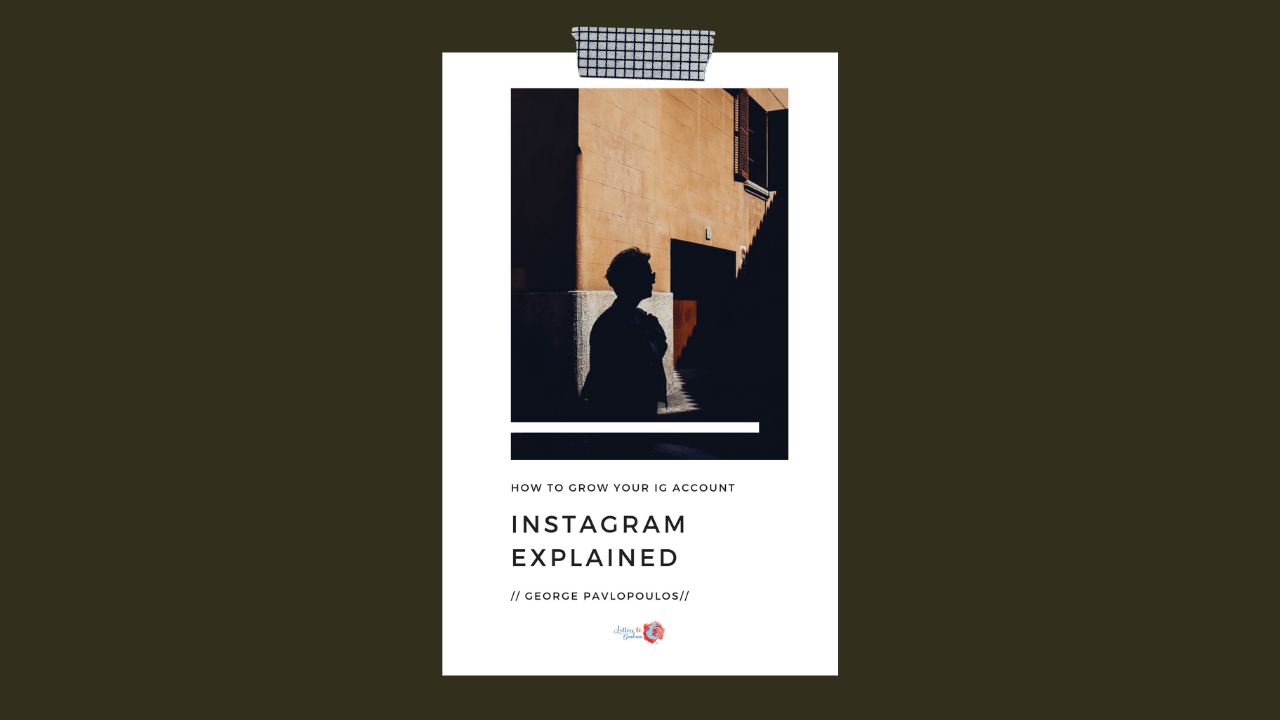
Half a year ago, I wrote a post about my first six months of travel blogging. (I find it still relevant and if you haven’t checked it so far make sure to read it.) One of the things that I highlighted back then (no. 4 in the article) was that one should never overestimate the importance of Social Media. Of course, it doesn’t mean that we should ignore them.
So, here comes my high-sounding statement: for me, the current version of Social Media is dead. I know it sounds pretentious and all, but if the existing SM channels won’t transform drastically, their future is not so bright. Sure, if you use Social Media for fun or vanity, they are still okay; if you are also an established brand or a celebrity, they are fine too. But if you are planning to build and promote a company or a brand or yourself, you’d better look elsewhere.
I dedicated a couple of pages on my Instagram ebook to this topic, and I complained a lot. I used Myspace for several years, I use Facebook for 12 years, I use Instagram for almost 7. The engagement is at a record low, and if you don’t pay for ads, you don’t really stand a chance to reach an audience. There is even a term about that: pay-to-play. Personally, I don’t see any reason to promote my Social Media posts anymore. I don’t have the budget of a big company, and I don’t live for likes. After a year of travel blogging, I don’t spend more than 5-6 euros per month in promotions.
Yes, I still run my Social Media accounts. They are important channels for interaction with my readers and followers. But if there were new channels that would offer better engagement, I’d be off the next day. On Instagram, for example, I have a 30K+ account. I used to be very active, but not anymore. While I love sharing some of my photos there, nowadays I prefer to share them on my blog. I’ll repeat it once again: when you put hard work on something, you want to see it growing. Working for nothing is not for me. Sorry, dear Social Media.
8) Niche, niche, niche…(#not)

One of the first things I heard (and read) before starting the Letters to Barbara was that every travel blog should have its niche. The advice was going one step further connecting the success of a website with the niche. Do you have one? Then you’ll succeed. Don’t you have one? Sorry, not this time.
While the advice is not wrong, it doesn’t mean that this is the only way. Narrowing down your topics and exploring them continuously will definitely attract an audience. The question is though how broad that audience is. If it’s too narrow, the website might never take off. If, on the other hand, it’s too broad, you might not stand a chance to be competitive. But these weren’t my problems; competition or the absence of it didn’t really worry me.
What I found more important was something else: did I really want to deal with a particular topic or a specific angle for the years to come? Definitely not. If I pictured myself in 5 years, I didn’t even want to think that I’d explore the same topic perpetually. Sure, I’m doing solo traveling in Europe, isn’t that a niche? Yes, but it’s still a broad one. Instead, I preferred to cover different topics on my travel blog, in which traveling is somehow always present. Writing a Berlinale guide, for example, might not be 100% compatible with travel blogging. Or, writing a Ricoh GR ii review might not also be an example of travel blogging. But still, these articles generated tons of traffic.
All I want to say here is: finding your niche and working on it can make you an authority in your field. But if you can’t find one, it doesn’t mean that this is the end of your travel blogging career. Some people are good at dealing with niche topics, while others need the variety to breathe. Plus, sometimes finding your niche requests more time. It takes trial and error to find your way sometimes -but that’s how life works, not just travel blogging.
9) Why it’s important to say no
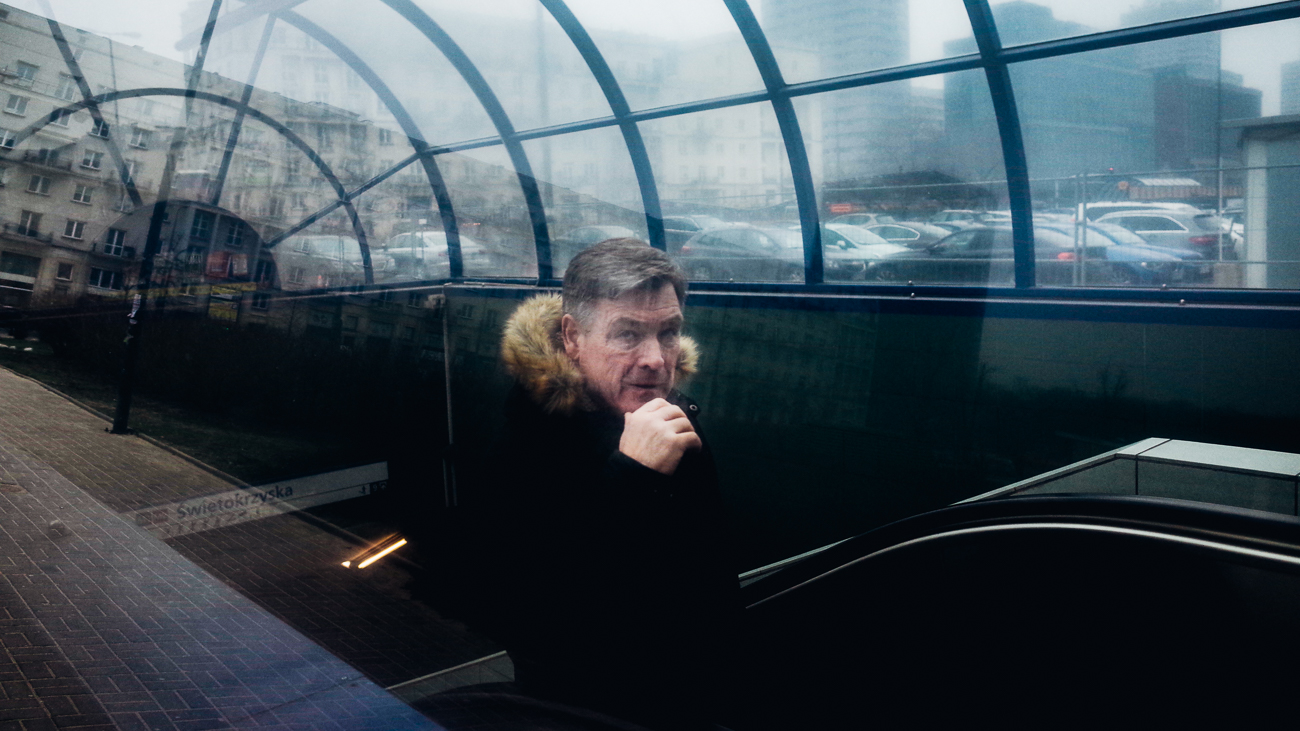
After seeing my blog growing in terms of traffic, I started receiving e-mails about potential collaborations. A few of them were paid ones, others were based on affiliate marketing, and a couple of them were our-product-for-your-review.
In What I learned after six months of travel blogging, I insisted that one should never work for free. Running a blog is a proper job, even if you don’t do it full-time. Moreover, offering your services and your traffic for free is lame: it’s not only that you don’t respect yourself, but you also don’t respect your readers. Advertising products or services that you haven’t used yourself or that you simply don’t care won’t take you that far. The lack of enthusiasm (or the fake excess of it) will become visible to the readers. And sooner or later, the readers will walk away.
After one year of travel blogging, I have rejected lots of opportunities. I leave aside the link-building schemes: someone offers you money for inserting a link pointing to their website. I delete these e-mails without even bothering to reply. Such practices will harm both your website and theirs. But what you care is your website and not theirs. It might sound easy money, but it comes at a cost: it will harm your travel blog in the long term.
I also don’t reply to generic e-mails: “hi, nice website, I think you are a perfect fit for our baby shoes, I can send you a pair to try.” When an e-mail is not personalized and seems like a copy-paste, I don’t reply to it either. People trying to build their business in a lame way won’t get my sympathy nor my interest.
What’s left? E-mails that show genuine interest. Some people take the time to read my posts, visit my About me page to see who I am, and then they send a nice e-mail for a potential collaboration. Sure, we might not match, or we might not find common ground in terms of budget. But still, I always read these e-mails carefully, and I always take the time to reply.
In general, as I write in the contact me page, I will always consider a job opportunity as long as a) I find it interesting for the readers, b) it fits my time schedule, and c) I believe that I can deliver high-quality content.
Long story short, set up your rules, and stick to them. Making easy money tomorrow might sound tempting, but don’t forget that you exist because of your readers. Stay away from link building practices and be clear on what you deliver. Sponsored content should always be marked as such, and the links to the client should be no-follow ones. And, of course, get paid for what you do.
10) Plan your content ahead of time
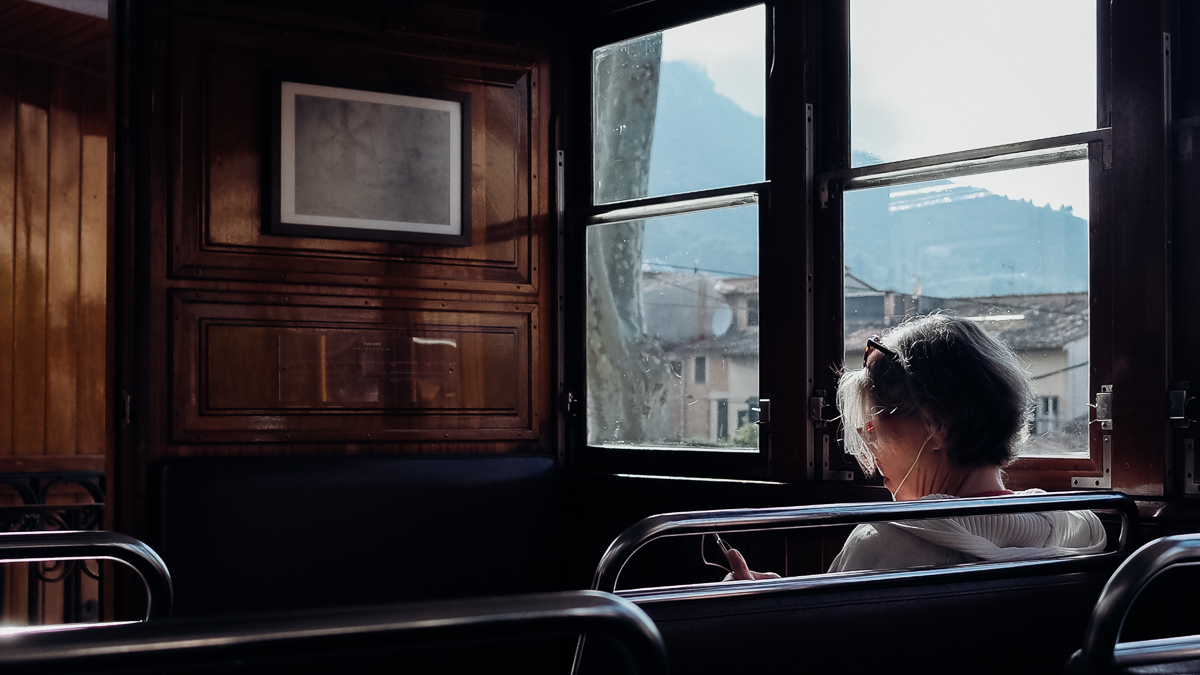
As a travel blogger, there will be times that you will travel a lot. March and April were months that I was constantly carrying a suitcase from airport to airport. Add the writing hours here, and you have the picture: I felt exhausted. Traveling is for sure, a fantastic way to spend your days but keep in mind that your body will complain at some point, your mind too. On the other hand, there will also be times that you either don’t want to travel or you can’t afford it, but still, you’ll have to post on your travel blog. What do you post then?
After one year of travel blogging, I realized that planning my content ahead of time is equally (or even more) important from traveling itself. The reason is that if you don’t post for 2-3 months in a row, your blog will start dying out. The readers will forget you, Google will forget you. It’s essential to post even when you are not traveling.
In the beginning, I used to post twice per week, on Wednesdays and Saturdays. After the first four months, though, I started to run out of content. It actually meant that I had to travel even more and write even more. At some point. I understood that running a travel blog is a marathon, not a sprint. And then, I decided to slow down.
For the past six-seven months, I’m posting once per week, every Saturday. The people following my blog know that if they visit the Letters to Barbara on Saturday around noon, they will see a new post. It’s only rarely that I post mid-week and when I do, these are usually my monthly recaps. You know, it might seem ridiculous to post August’s recap in mid-October.
On the other hand, planning your content ahead of time will also make you more flexible. If an opportunity for a job appears, you can take it without worrying that your next week’s post is not ready yet. On top of all that, having your content planned for the upcoming weeks or even months, also means that you have enough time to work on other projects. For example, in July, I had 3 months of content ready. Each Saturday, I would post the newest article, and then I will have time to do other things.
What did I do all summer long? I worked on my travel shop, finished my Instagram ebook, created my Anafi book, I finalized my Lightroom Presets, finished my 12 Travel Writing Tips ebook, and worked on some side projects. I also wrote a couple of articles, and I worked a lot on building and automating my mailing list.
As a rule of thumb, I always try to have at least one month of content ready. It’s liberating, and it helps me to focus on other things related to my website.
*The Giveaway*

So, after the things I learned after one year of travel blogging, here comes the Giveaway!
One year of travel blogging is a great opportunity for celebration, and without each one of you, this journey wouldn’t have been the same. Therefore, I decided to give some of my products for free to 4 lucky winners. More specifically, I will offer 2 copies of my “Instagram Explained” ebook, and 2 copies of the “12 Travel Writing Tips” ebook to the winners!
If you want to participate in the giveaway, all you have to do is:
a) Like my Facebook Fanpage, like the giveaway post and share it.
b) Follow me on Instagram, like the giveaway post and tag a friend. Feel free to share it in your Instagram Stories, too.
c) For the ones that have lost faith on Social Media or that they don’t have an account on FB or IG, you can subscribe to my mailing list: either on my Greek islands landing page here or my regular Subscribers list here.
You don’t have to do all three things; one is enough. Following me in all 3 channels though will give you three entries, following me in two will give you two entries. Quite obviously, following me in one will give you one entry.
This is the first giveaway, but there will be more in the future. Follow my journeys on Social Media, subscribe to my mailing list, and watch out for the next giveaways!.
Giveaway Status: Closed.
The Giveaway runs between September 21 and September 27, 2019, until 23:59. The winners will be announced here on September 30, 2019. The draw will be held via random.org. I will post the names on both my FB and IG accounts too.
Good luck!
Winners:
The Winners!
From the mailing list: Marc gets the “12 Travel Writing Tips” and Chronis won the “Instagram Explained” ebook.
From Instagram: Roadartist is the winner of the “12 Travel Writing Tips” and elef_side gets the “Instagram Explained” ebook.
A couple of resources
Before writing the epilogue of that long post, I thought of adding a list of resources that helped me run and maintain my travel blog. If you plan to create your own blog, I believe that all of them will help you.
Some of the links are affiliate links: if you buy something by following these links, I will earn a small commission at no additional cost to you.
- Bluehost. That’s my hosting platform from day one. I’m 100% satisfied with their services and customer support. In this one year of travel blogging, my website was never down. You can start your own travel blog with less than 4 euros per month. You can check Bluehost’s latest offer here. And, if you need a guide on how to start your travel blog, you can find a comprehensive one here; it will only take 30 minutes to start your own blog. Plus, I wrote a long review that will help you choose the best plan for your blog.
- Gear for running a travel blog. It’s been a while since I planned writing a post about my travel blogging gear. You can read everything that I have with me while traveling here. Hint: if you are a minimalist, even better!
- KeySearch. That’s the software I use for finding keywords and organizing my workflow in terms of SEO. If you are serious about blogging you have to optimize your posts for ranking in the search engines. KeySearch is the software I use and I’m delighted with its performance. I reached out to the guys at KeySearch and I got a promo code that will give you 20% off in their annual plan. Just follow this link to the KS website and add LTB20 at checkout. I also wrote a KeySearch review here.
- Mailerlite. After searching thoroughly online for the best platform for my mailing list, I decided to sign up with Mailerlite. It is very easy to use the platform and comes with an advantage: it’s free up to 1,000 subscribers. For more advanced users, pricing starts for as low as 10 euros per month. You can check Mailerlite here.
- Grammarly. I’ve been using Grammarly from day one. As a non-native English speaker, Grammarly helped me with corrections and typos. I can also recommend Grammarly to native English speakers: sometimes it’s hard to spot typos. Grammarly has a free version, but I recommend the Premium: I started using the Premium version after 5-6 months, and it was one of the best choices. Check Grammarly here.
- Travel gear. I dedicated a page of my travel blog to travel gear. Lots of readers asked me about the equipment I use for running this website. Here is the list, including the 6 things I always have with me. It’s more of a list of things and definitely not that thorough as the one above.
- Travel resources. As I already said, I would never write about services or products that I never used. The travel resources list contains all the platforms I use prior to traveling or while traveling. Check my travel resources here.
An Epilogue
After one year of travel blogging, I’m sure that running the Letters to Barbara is the most rewarding journey I ever had. It’s not only that it helped me redefine myself; it also offered me the unique opportunity to travel and write.
I’d love to know each one of the faithful readers of this blog: each one of you kept me motivated and made me work harder for delivering the content that you read. All I can promise for the second year (and hopefully for the years to come) is that I will do my best to offer you even better content.
Feel free to write to me about which places you’d like to see featured here: it can be your hometown, a country that you never visited. Or, you can tell me if there is an airline or gear review that you’d love to see. Write down everything you’d like to read, even if it sounds irrelevant to a travel blog; I will still consider it. And do let me know if you run a travel blog and what your experience is.
Take care,
George
Do you want to see what happened next? Read here the 8 things I learned after two years of travel blogging.
More: How to become a writer
*Get my FREE Travel Writing Course*
Buy the camera I use | Book your hotel
Pin it for later
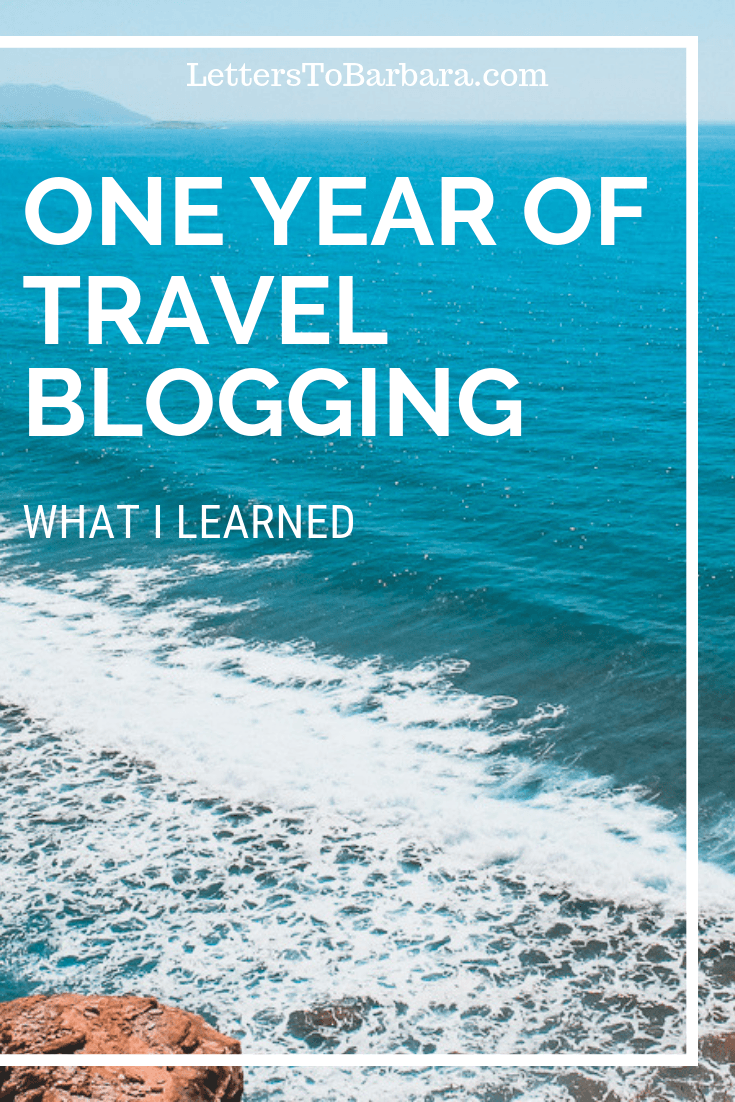
Please share, tweet, and pin if you enjoyed reading the One year of travel blogging: what I learned. Your support keeps this website running and all the info up-to-date. 🙂
Last Updated on October 17, 2020 by George Pavlopoulos



I found this so interesting, especially the bit about Akismet and finding a niche! To start with I was worried that our niche wasn’t ‘specific’ enough but now I don’t stress all that much about it.
Thank you for sharing 🙂
Hello, dear Kez! Thanks for commenting 🙂 I’d say that in the beginning finding a niche can cause too much stress; it might even block you. When it comes to travel blogging, I firmly believe that the content you create is much more important. I think that the blog itself will guide you to your “niche” as time goes by. Wishing you the best of luck!